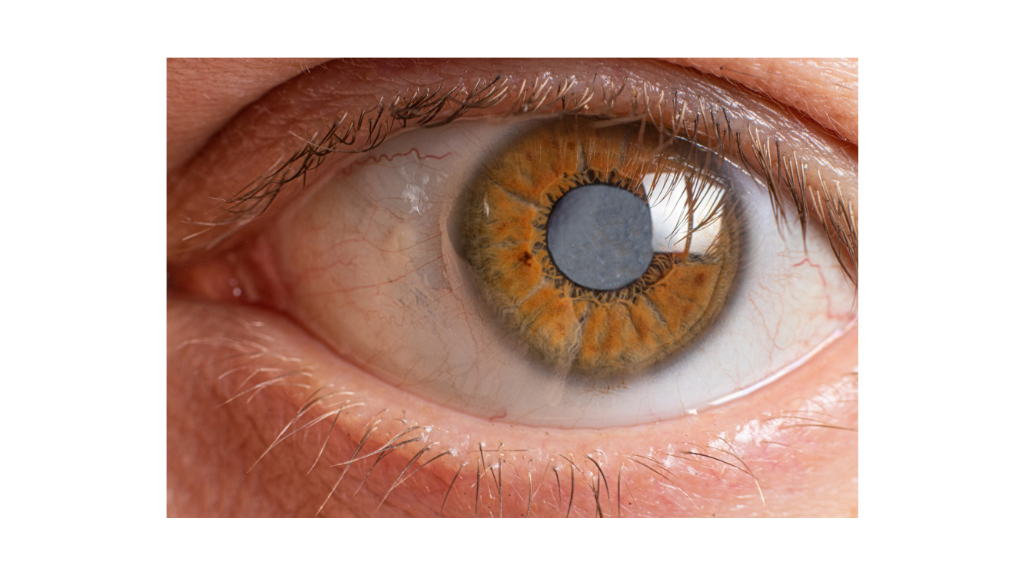Cataracts are a common but often misunderstood condition that affects millions of people worldwide. As an experienced eye surgeon, I have spent decades treating cataracts and educating patients about how to preserve their vision. In this article, I simplify the science behind cataracts and share three essential facts everyone should know. From their status as the leading cause of blindness to their historical impact on Claude Monet’s art and the hope provided by modern medicine, this is a comprehensive guide to understanding cataracts.
What Are Cataracts?
Cataracts occur when the normally clear lens of the eye becomes cloudy, leading to blurry vision. This cloudiness happens due to changes in the proteins within the lens, which can clump together and scatter light entering the eye. Over time, this condition can make daily activities like reading, driving, and recognizing faces increasingly difficult. Although cataracts are most commonly associated with aging, they can also develop from other factors like injury, certain medications, or diseases like diabetes. Cataracts can affect one or both eyes, but they do not spread from one eye to the other.
Fact #1: Cataracts Are the #1 Cause of Blindness Worldwide
One of the most striking facts about cataracts is their global prevalence. Cataracts are the leading cause of blindness worldwide, accounting for more than half of all cases. The condition disproportionately affects people in low- and middle-income countries where access to affordable eye care is limited. In many parts of the world, blindness from cataracts doesn’t just affect an individual—it impacts their entire family. Restoring sight gives them back their independence and dignity. Fortunately, cataract surgery is one of the most effective medical procedures available today. With advancements in technology, it’s possible to restore vision with a success rate of over 95%.
Fact #2: Symptoms Can Be Gradual—and Even Reflected in Claude Monet’s Paintings
Cataracts often develop slowly, making it difficult for individuals to notice the symptoms at first. Early signs might include blurred vision, glare or halos around lights, and difficulty seeing in low light. Over time, colors may appear faded, and vision may take on a yellowish or brownish tint. A fascinating historical example of cataracts can be found in the works of French Impressionist painter Claude Monet. Later in life, Monet struggled with cataracts, which significantly affected his vision and artistic style. His earlier paintings are vibrant and detailed, but his later works, such as those in his famous Water Lilies series, became increasingly blurry and less distinct. Monet’s paintings provide a visual record of how cataracts distort perception. It’s a powerful reminder of how much our vision shapes our experience of the world. For anyone noticing gradual changes in their eyesight, it’s essential to consult an eye care professional for a comprehensive evaluation. Early detection and management can prevent further visual impairment.
Fact #3: Cataracts Are Preventable and Treatable
The good news about cataracts is that they are both preventable and treatable. While age-related cataracts are common, several steps can reduce the risk of developing them:
Preventing Cataracts
1. Protect Your Eyes from UV Light: Wearing sunglasses that block 100% of UVA and UVB rays can shield your eyes from harmful sun exposure, which is a significant risk factor for cataracts.
2. Maintain a Healthy Diet: Antioxidants found in fruits and vegetables—such as vitamins C and E—can help protect the eyes from damage caused by free radicals.
3. Avoid Smoking and Limit Alcohol: Smoking and excessive alcohol consumption increase oxidative stress, which can contribute to cataract formation.
4. Manage Chronic Conditions: Properly managing diabetes and other systemic diseases can reduce the risk of developing cataracts.
5. Regular Eye Exams: Routine checkups can catch early signs of cataracts or other eye conditions.
Treating Cataracts
If cataracts progress to the point where they interfere with daily activities, surgery is the only effective treatment. Cataract surgery involves removing the cloudy lens and replacing it with a clear artificial lens, known as an intraocular lens (IOL). This procedure is typically quick, safe, and performed on an outpatient basis. Advances in cataract surgery have been phenomenal. Modern techniques allow us to customize the procedure, improving not only vision but also quality of life.
Cataracts may be the leading cause of blindness, but they are also one of the most preventable and treatable conditions. Eye surgeons have helped countless patients regain their vision and independence. With early detection, proper prevention, and access to advanced treatments, blindness from cataracts can often be avoided. Whether you’re concerned about your own eye health or that of a loved one, understanding these three key facts about cataracts is the first step toward maintaining clear, healthy vision.


Leave a Reply